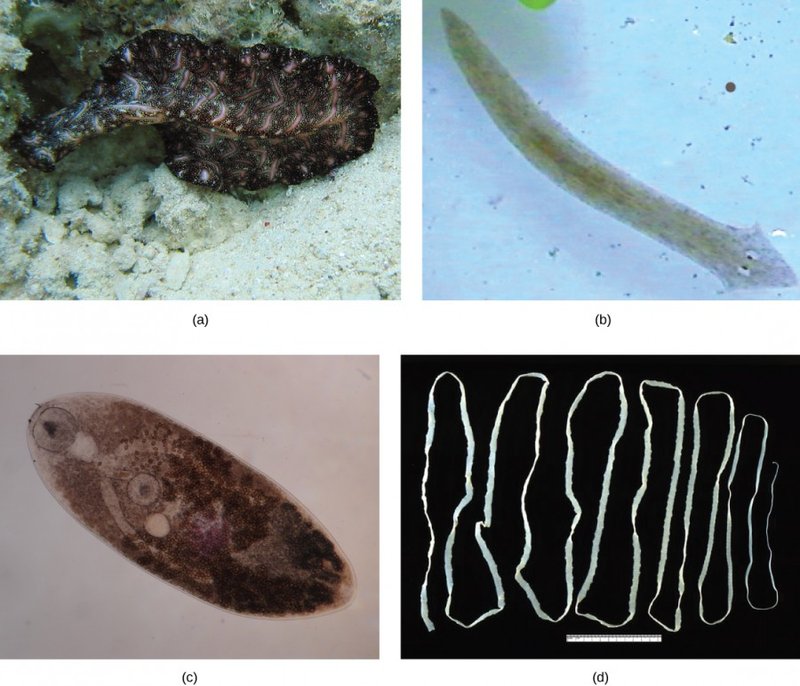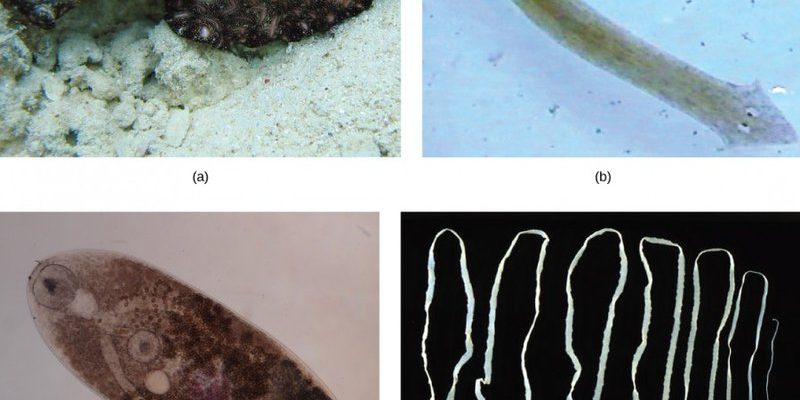
When we think about the creatures that inhabit our world, flatworms might not be the first ones to come to mind. Picture a tiny, unassuming worm slithering around in the mud or shiny, colorful ones gliding through marine waters. Sounds simple, right? But here’s the kicker: flatworms play a surprisingly significant role in their ecosystems, much like the background musicians in a concert—crucial yet often overlooked.
Flatworms, belonging to the phylum Platyhelminthes, come in various shapes, sizes, and colors. They can be found in everything from fresh and saltwater to damp soils. Think of them as the unsung heroes of the ecological world. They might not have the same notoriety as lions or eagles, but their contributions are just as vital. In this article, we’ll dive into the fascinating roles these worms play in their environments and why they truly matter.
What Are Flatworms?
So, what exactly are flatworms? To put it simply, flatworms are soft-bodied invertebrates with a flattened shape. They come in two main types: free-living flatworms, which are often found in aquatic environments, and parasitic flatworms, which live inside or on other organisms. While they might look simple, there’s a lot more going on beneath the surface.
Flatworms are fascinating because they have unique biological features. For instance, many flatworms possess the ability to regenerate lost body parts. If a flatworm gets cut in two, it can regrow its tail or even its head! This incredible ability makes them a subject of scientific interest, particularly in studies related to healing and regeneration.
The Role of Flatworms in Ecosystems
Flatworms serve as essential players in their ecosystems. Their roles can be broadly categorized into a few key functions. First off, they are vital in nutrient cycling. As they consume organic matter, they break it down into simpler compounds that can be used by plants and other microorganisms. This process supports healthier soil and water systems, making them crucial for ecosystem balance.
In addition, flatworms often act as both predators and prey within their habitats. They feed on small invertebrates, helping control their populations, while also serving as food for larger animals like fish and birds. This connection means that flatworms contribute to the food web, maintaining the balance of various species in their environment.
Flatworms as Bioindicators
Here’s the thing: flatworms can be indicators of environmental health. Because they are sensitive to changes in their habitat, like pollution or habitat degradation, their presence—or absence—can signal how well an ecosystem is functioning.
Scientists often use flatworms in studies to assess the quality of freshwater and marine environments. For instance, if a population of flatworms declines, it can indicate water pollution or other ecological disruptions. By keeping an eye on these little critters, researchers can gain insights into the overall health of ecosystems.
Parasitic Flatworms: A Double-Edged Sword
While many flatworms are beneficial, some species are parasitic and can cause harm to their hosts. Take flukes, for example. These flatworms can infect various animals, including humans, leading to diseases like schistosomiasis. This is a prime example of how a flatworm can disrupt health and ecological balance, showcasing the dual nature of their roles in ecosystems.
Despite their negative impact, studying these parasitic flatworms provides valuable information for medicine and biology. Understanding their life cycles and interactions with hosts can lead to better treatments and preventative measures. So, even the pesky ones can help scientists unlock new knowledge!
The Importance of Conservation
Given their ecological roles, conserving flatworm habitats is vital. As pollution, climate change, and habitat destruction rise, these organisms face threats that can disrupt their populations. Protecting their environments not only benefits flatworms but the ecosystems they support.
Efforts like pollution control, habitat restoration, and responsible land use are essential. By advocating for clean waterways and preserving natural habitats, we’re not just helping flatworms; we’re supporting the entire web of life around them. Every little action counts!
Research and Future Prospects
The study of flatworms continues to reveal their ecological importance. Researchers are exploring their capabilities in regeneration, ecological roles, and potential benefits for human health. Some scientists are even looking into using flatworms in soil health assessments, which could revolutionize how we monitor ecosystem vitality.
Understanding flatworms better could lead to innovative solutions for environmental challenges. Imagine harnessing their regenerative abilities to inspire advancements in medicine or ecological restoration approaches. The future looks promising, but it starts with appreciating these often-overlooked creatures.
So, the next time you think about flatworms, remember they are more than just simple organisms. They play crucial roles in ecosystems—supporting nutrient cycling, serving as indicators of environmental health, and contributing to the food web. Recognizing their importance can help us make informed decisions about conservation and environmental stewardship.
Flatworms are a small but mighty piece of our ecological puzzle, and by nurturing their habitats, we are also supporting the larger systems that sustain life on Earth. Who knew those little guys could have such a big impact?

